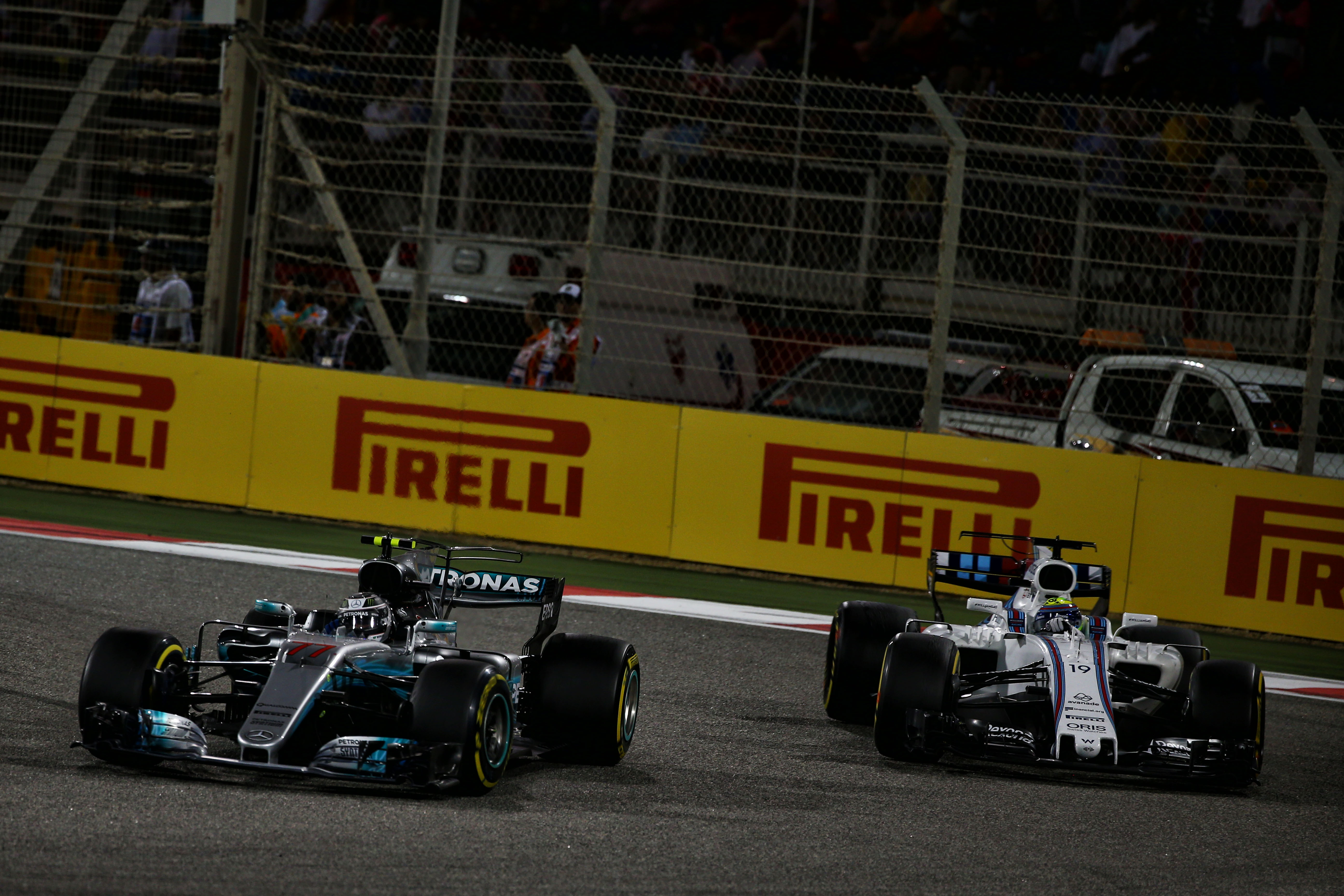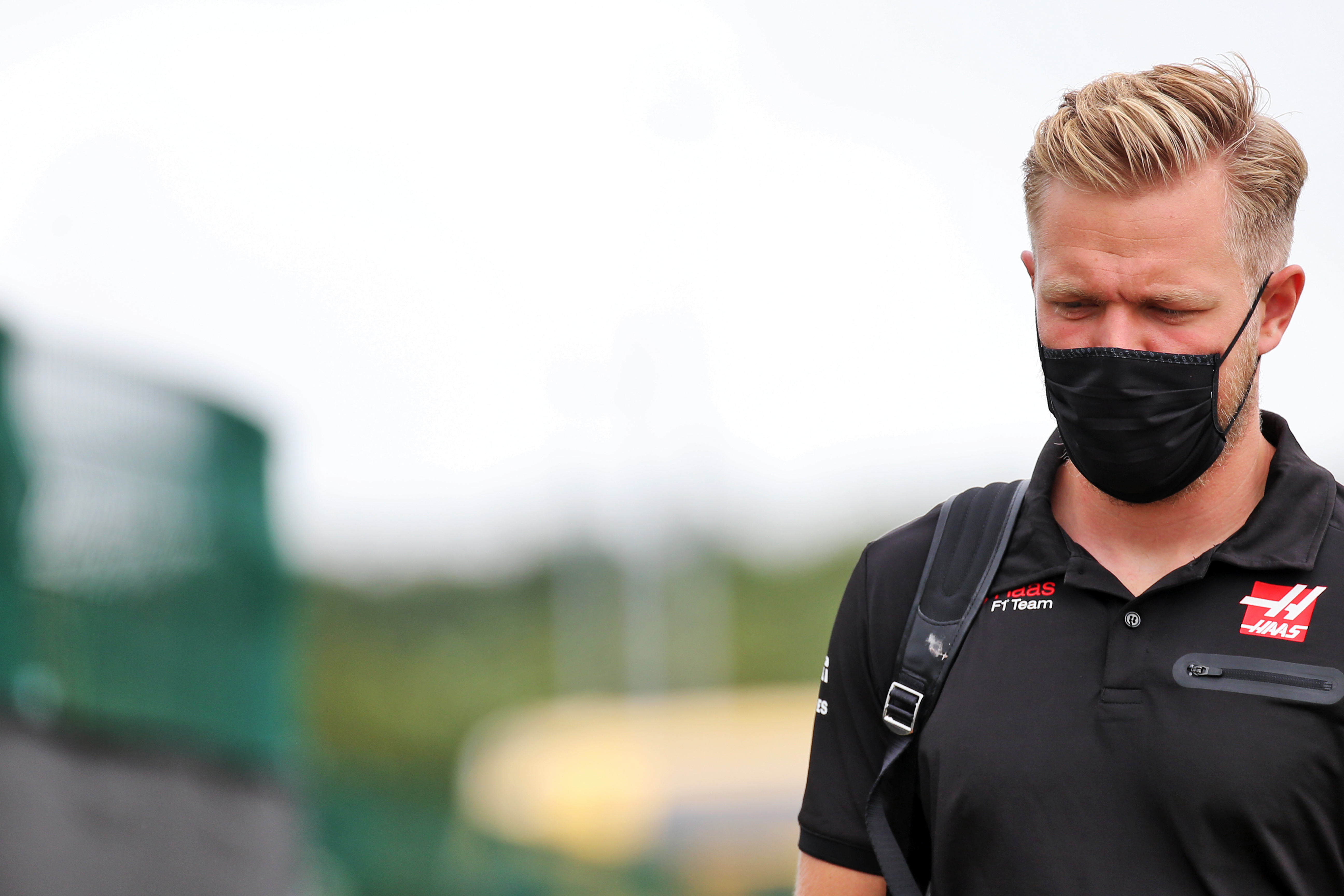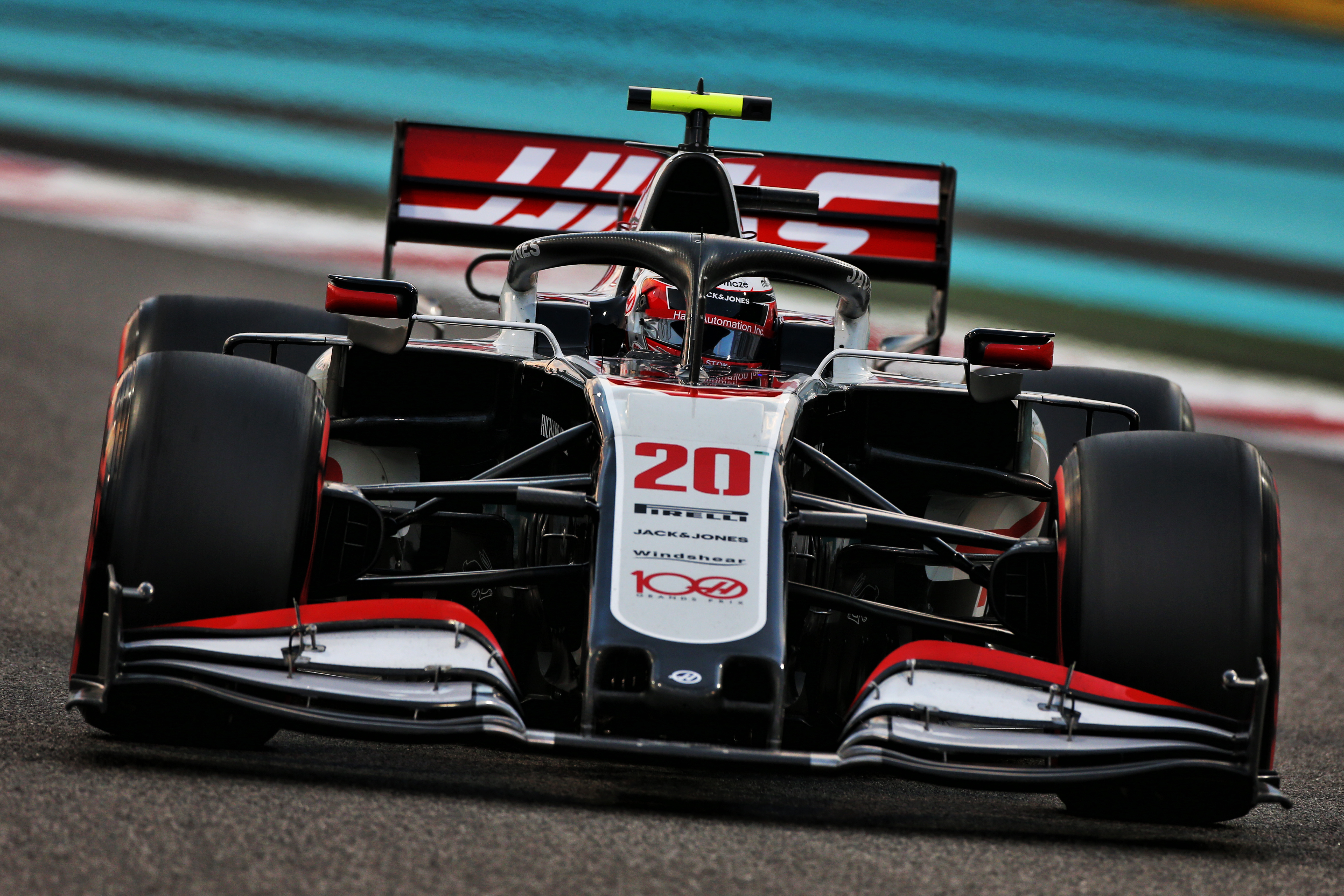Up Next

Any driver who disappears from the Formula 1 grid for a season is taking a big risk that they will never return. Especially when it’s an enforced exit and they make progress lining up a pretty attractive post-F1 career.
Kevin Magnussen looked to be firmly in that camp of ‘exiled F1 driver’ after he lost his drive at the end of 2020 because the Haas team needed paying drivers.
With Nikita Mazepin axed between the two 2022 pre-season tests, though, Haas needed a replacement. And it has turned to the same driver it had to move aside for Mazepin fewer than 18 months ago.
This is not as simple as Haas just going back to its old driver because it’s what the team knows, it’s comfortable, it’s safe – basically, it’s not Williams postponing Felipe Massa’s retirement when Valtteri Bottas was poached by Mercedes ahead of the 2017 season.

It’s easy to forget Magnussen is only 29 years old. One of his most interesting points as his F1 career came to an end (the first time, anyway!) was that he felt a cruel irony in that he was peaking as a driver right when he had no future in the championship.
There were plenty of people high up the food chain at Haas who felt Magnussen had really blossomed during the team’s struggles in 2019 and 2020. He’d developed into a driver who then didn’t have the machinery to showcase his growth.
So there’s no reason to doubt Magnussen’s qualities. He is an excellent option to bring into the fold at short notice and young enough that a multi-year deal is worthwhile because Magnussen can realistically be at this team and perform at a high level for years to come.
It means if it does take some time for Magnussen to get back into the groove, there’s still going to be plenty of scope afterwards to get results.

There is a challenge ahead, of course. There would be for any Mazepin replacement coming in at this stage.
Magnussen is not immune to the challenge of returning to F1 after time away, without a proper winter or pre-season, but there are factors that certainly mitigate the effect.
The familiarity of Haas is an important thing, because even though he’s been out of F1 for 15 months or so now, and wouldn’t have done any work on the 2022 car in the sim, the fact is he does know the team, knows its processes, knows all the people, and will be very comfortable there immediately.
There’s a great deal less to learn than a new driver. And the team has the frame of reference to integrate him and educate him as well.
He’s also a popular guy within the team and well thought of as a person and driver, which will be excellent for morale – something in short supply at Haas in recent times.
On and off-track Magnussen will bring good experience and act as a known quantity. Once he’s up to speed, Haas can count on Magnussen to score points if the car is capable of scoring points. He can inform and steer development.

And he can be a really good benchmark for Mick Schumacher, who now has a team-mate he can rely on to be a mentor but also a serious competitor.
Magnussen may not be in exactly the same mould as Lewis Hamilton or Max Verstappen but he is a fine grand prix driver absolutely worthy of a place on the grid.
His sportscar contracts seemed like a hurdle that made him a non-starter as far as Haas’s options were concerned but clearly that was something that could actually be rapidly overcome.
That is what made a shock F1 comeback possible. Everything else about it makes an awful lot of sense.






